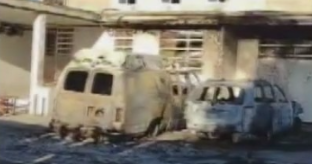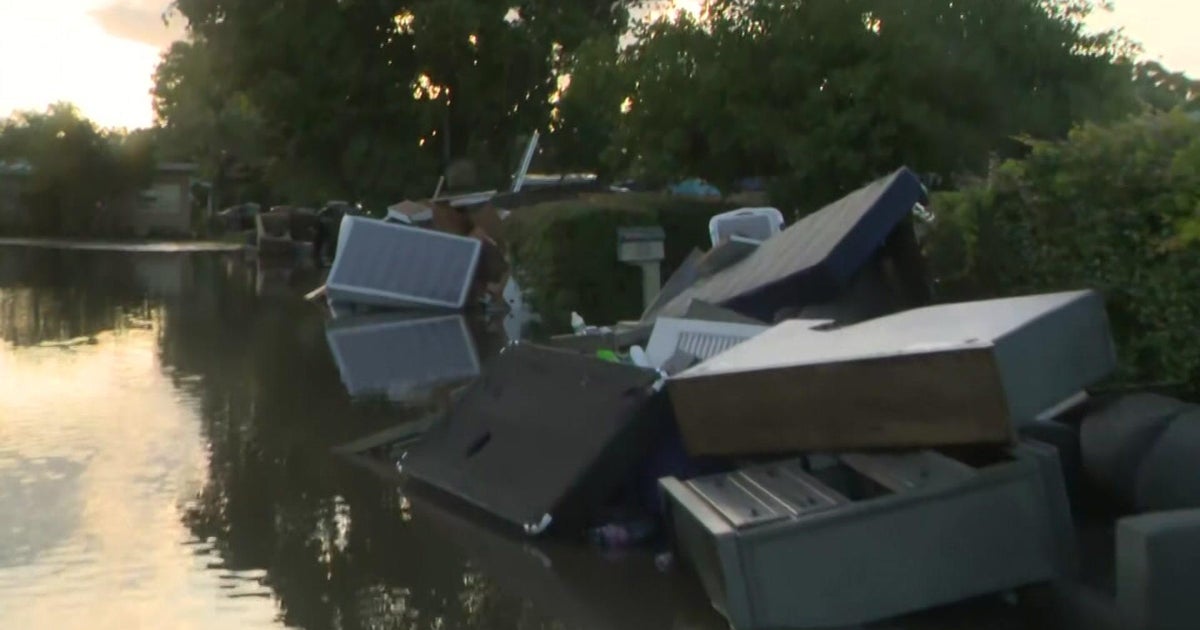South Florida leaders look for recycling solutions as local landfills continue filling up
MIAMI — South Florida landfills are filling up, and officials say a large part of the problem is that what's meant to be recycled ends up in the landfill, too.
On Friday, elected officials and county managers from South Florida listened to what experts have to say to help solve the problem.
Treasure Coast Regional Planning Chairman Doug Bournique said only 6% of plastic is actually recycled. Part of it starts at home and knowing what can go into the recycle bin, another is going to be creating a market for recycled goods.
Commissioner Steve Geller is the chair of the South Florida Regional Planning Council. He said unless recycling is fixed, more controversial burners will have to be built. One solution, he thinks, will help is ending single-stream recycling.
Single-stream recycling is when you put all recyclables — including plastic, cardboard, glass and tin — into a single recycling bin. He said that causes cross-contamination and is way more expensive to sort through.
If people recycle correctly, however, the next layer of the problem is that there's no market for it.
"China's not buying it anymore, they stopped in 2018 buying our plastic and they were only putting it on barges and sinking in the China Sea," Bournique said. "So, our plastic is ending up in our watery environment."
County leaders said recycling used to save municipalities money, but now it's costly.
"The ones that are doing it right now are the for-profit companies," said Beam Furr, chair of the Broward County Solid Waste. "Understandable, they're not gonna go recycling stuff that they're gonna lose money on it."
Furr said glass is a perfect example.
"There's not really profit to be made from glass, but there is tons of ways it can be reused," he said. " You can make sea walls out of it, you can make sand out of it, you can do all kinds of things. But, there's no money to be made, so we have to rethink how we're doing it."
The conference lasted all day long. The point of this conference is for city and county leaders to take away ideas, and then go back to their municipalities and start implementing it on the local level.



